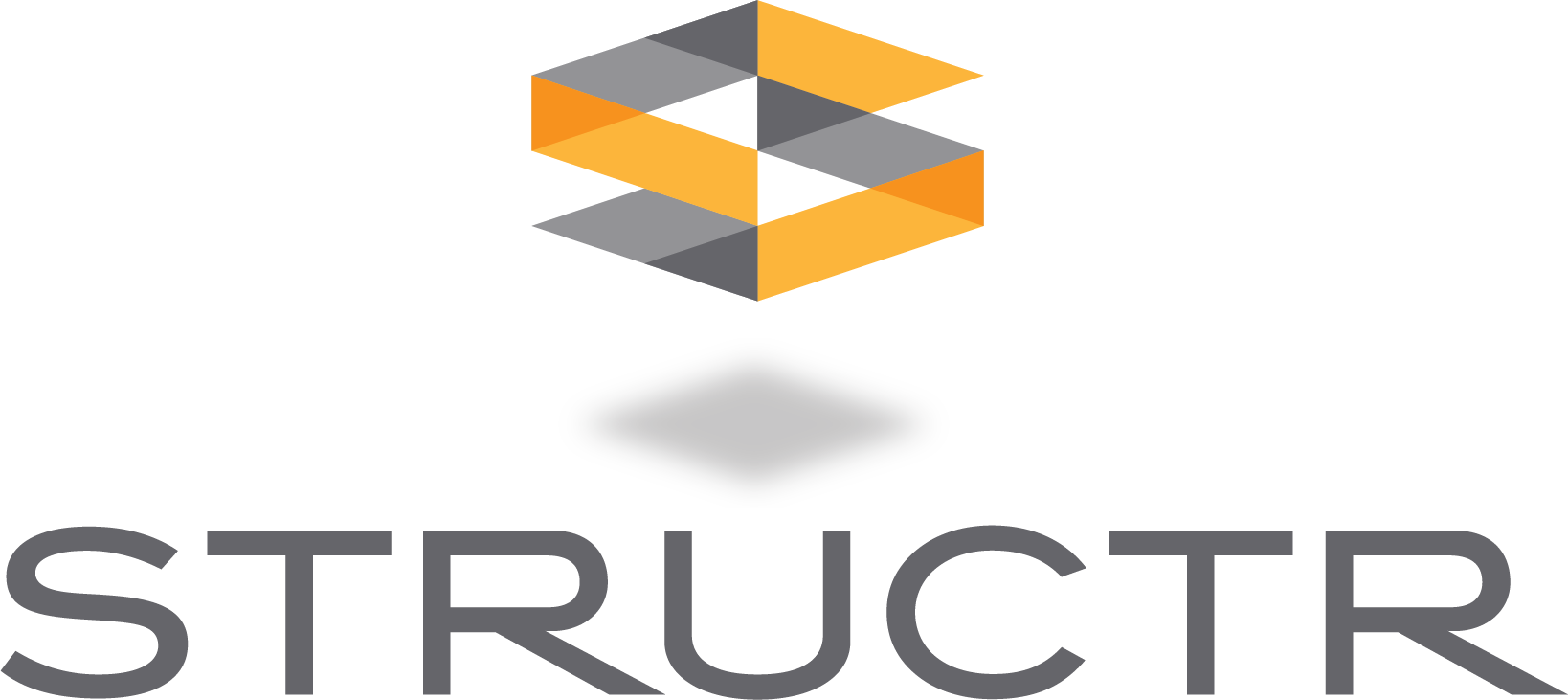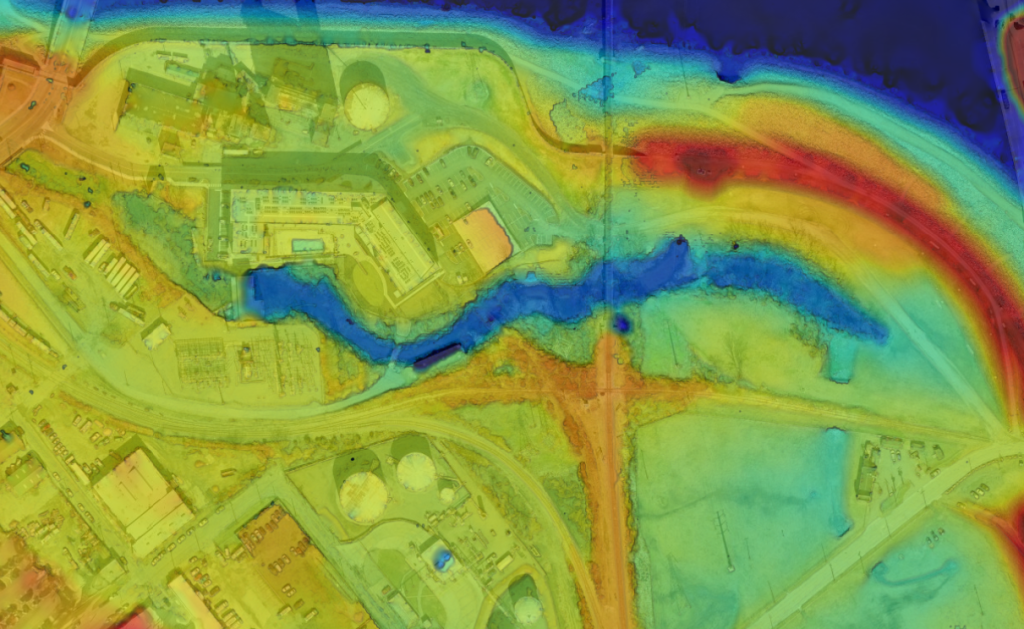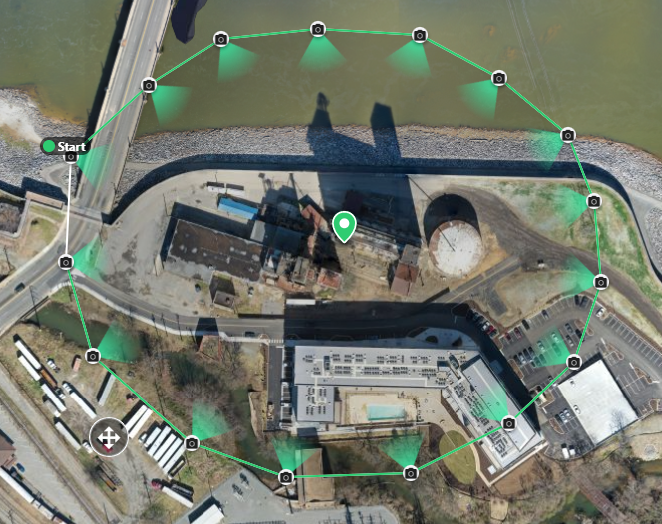

Apr 15, 2022
Advancements in technology continue to present new opportunities and the possibilities are only limited by the imagination. Drone technologies continue to improve, and with that comes new expanded use cases for many industries. Whether it’s using drones to perform stockpile calculations, plant health evaluations, remote inspections, or even agricultural stand counts, the use cases continue to expand across a multitude of industries. One of the biggest improvements with the implementation of drone technology is the added safety to what used to be dangerous and tedious tasks.

Drone Safety
1,008 fatal work injuries occurred in the construction industry in 2020 (BLS). This staggering statistic presents a great opportunity for technology to contribute to safer sites. Safety continues to be one of the leading reasons for drone integration in construction operations. Drone technology allows users to reach viewing angles that would otherwise require placing personnel in risky positions. Not only do drones help teams perform existing tasks safely, but they can be used for additional tasks that were previously not possible, such as carrying deliverable payloads or thermal cameras. Drone technology places tools in users’ hands that propagate a job site safety culture with a higher level of precision and accuracy.
There are myriad ways that drones can work to improve job site safety:
Drone Technology
The continued innovation of artificial intelligence has not only increased the usability of drones but has added many safety nets to this new and emerging technology. Drone pilots can now pre-program flight paths and have more control over flight direction and extents. With onboard artificial intelligence (AI), drones can better avoid accidents during operations and tough maneuvers are made safer for all parties involved. Many newer drones are now equipped with highly accurate collision sensors. When a sensor is triggered, the drone can adjust its flight path to avoid collisions. The onboard safety features in today’s drones help remove human error from the equation and ensures a higher level of safety in drone operations.

Drone Credentials
In addition to the added safety nets that drone technology provides, the Federal Aviation Administration (FAA) continues to improve small, unmanned aircraft system (sUAS) regulations across the United States. Any individual flying drones for commercial use within the U.S. is not only required to have their drone registered with the FAA but is also required to acquire and maintain an FAA Part 107 Remote Pilot license. The FAA’s regulation enforcement has created safer airspace which, in turn, has led to more willingness from hesitant parties to embrace the technology. The FAA’s goal with their regulations has not just been to increase the general safety of drones, but to begin opening the doors to future possibilities with the technology.
What’s Next
The capabilities of drones extend past aerial photography. Drone technology allows us to conduct site surveys and inspections, track volumes and quantities of earthwork and materials, monitor job site progress, and improve overall safety and security on the job. Though there continues to be an opportunity to increase the safety of job site operations, drone technology continues to advance and become one of the leading tools for many industries as they step into this next era of technology.